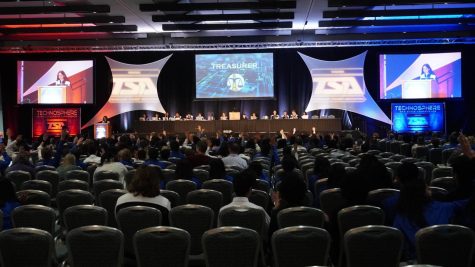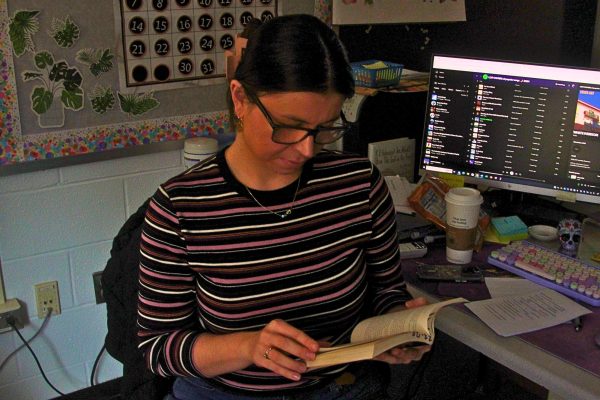Staff and students agree with scientists’ COVID-19 origin theory
Hosts, intermediate hosts, and different introductions for various disease-related to COVID-19 shown in a chart.
While lab leak theories abound, the bulk of RCMS faculty and students acknowledge that the most rational COVID-19 introduction theory was from a host to an intermediate animal to a human, which is what many scientists around the world agree on.
Scientists believe that COVID-19 originated from direct zoonotic (meaning from an animal to a human or vice versa) transmission- or from a host to an intermediate (this can be more than one being) to a human.
“It is very natural for diseases to come from animals; after all, that’s how malaria, yellow fever, zika, and West Nile virus got here,” Julia Baer, an RCMS seventh-grader, states. “It is very likely that either through consumption or a bite, it (COVID-19) was transmitted to humans.”
One of the less likely theories, the lab leak theory, is that COVID-19 was leaked from a scientific lab.
“We would never know if that were to happen (laboratory leak). Scientists have evidence of having COVID transmission from an animal to a human… To my knowledge, there is no evidence that the lab leak situation happened,” Ms. Lauren Breza, a seventh-grade biology teacher at RCMS, said.
Comprehending how diseases were first introduced into society is important for preventing similar situations that will happen in the future.
“Knowing the origin and related diseases helps,” said Natalie Leong, a seventh-grader at RCMS,” because if you know where it came from, then you can stop more germs from being released and spread.”
Yuting Liu is a 13-year-old who loves baseball, snowboarding, skiing, writing, playing the piano, and reading. She aspires to be an engineer in the Air...









